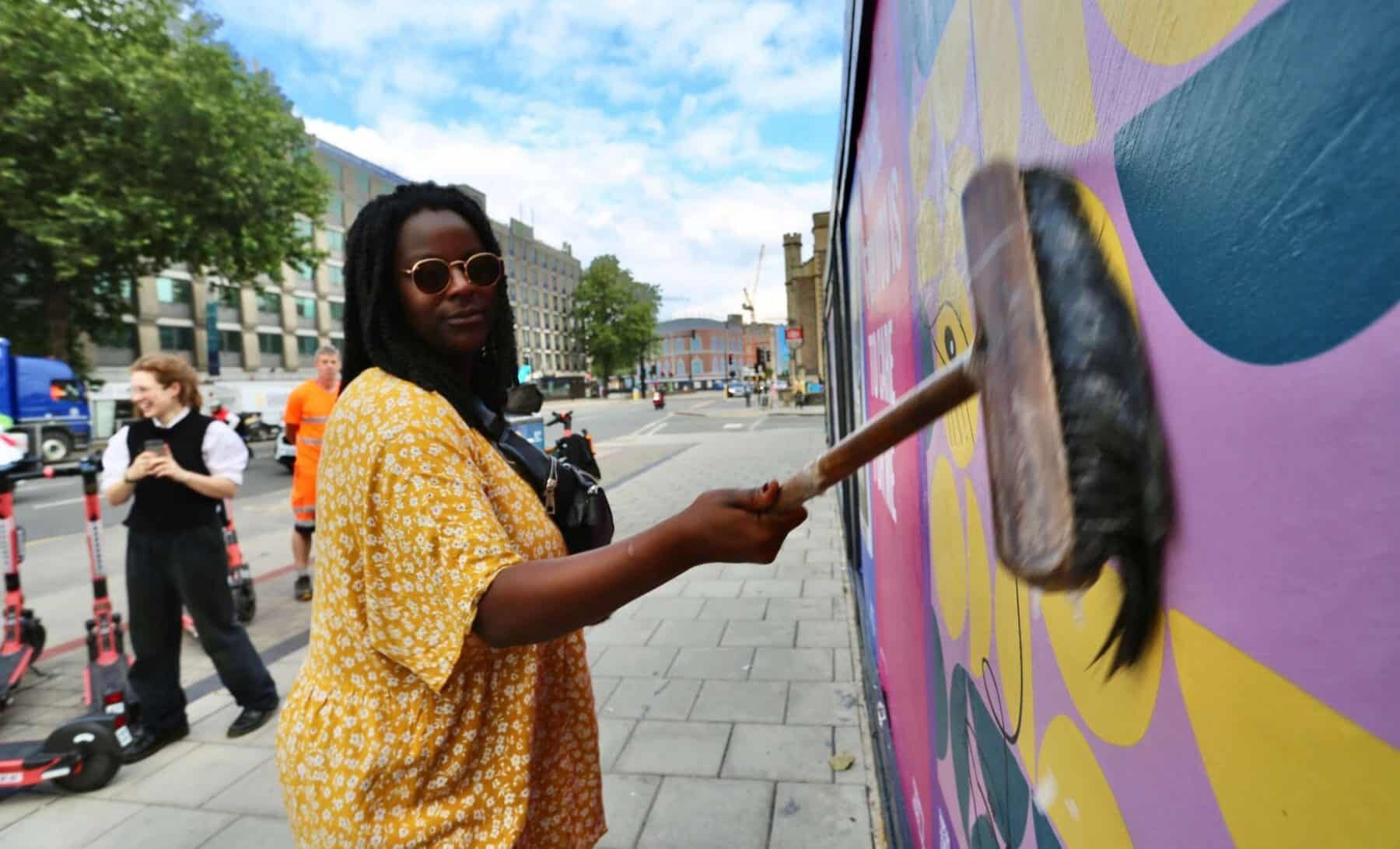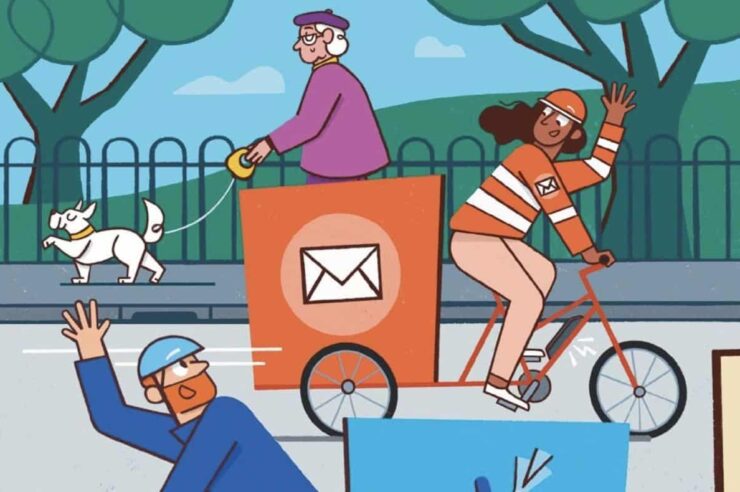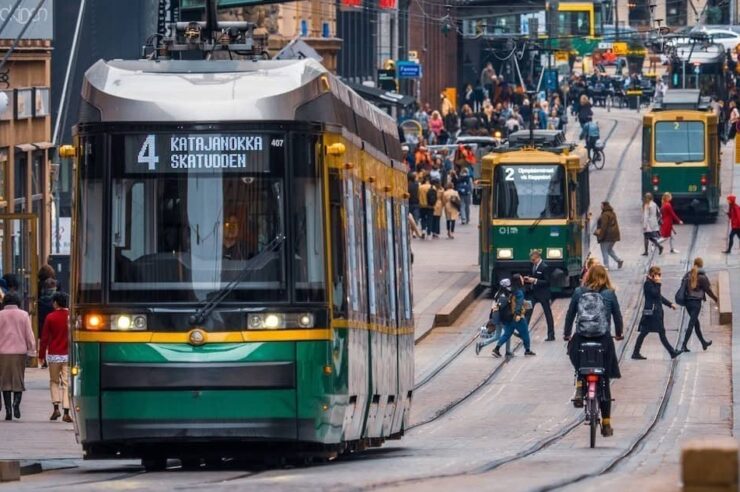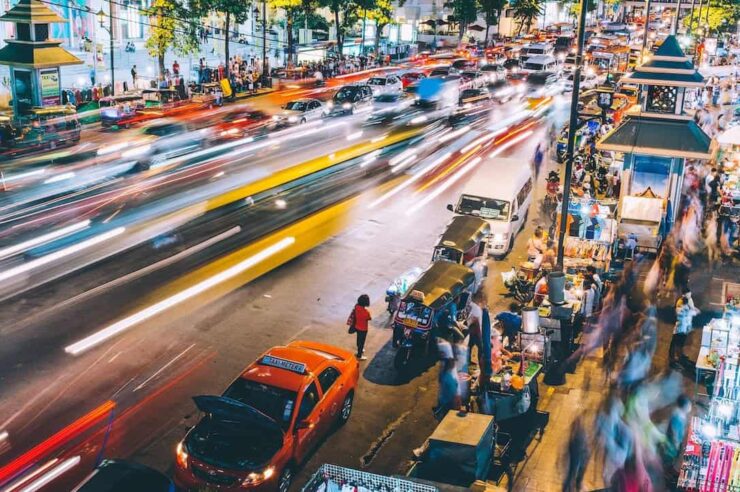Can we do better than place-insensitive billboards that dominate our towns and only benefit the landlord and the advertiser? A swelling movement for more inspiring alternatives says ‘yes’
Close your eyes and imagine you’re standing in the heart of your nearest town or city. Soak up the sights and sounds of those familiar streets, and let your imagination wander.
Now blink: did your visual memory include corporate billboards? Perhaps not: the white noise of advertising has a direct line into the brain’s subconscious. Familiarity breeds trust which, in turn, creates sales.
Imagine if those billboards weren’t there or were empty – what would you replace them with? For ideas, you could look to the growing global movement that’s working on positive alternatives to commercial advertising. From community togetherness and creative expression, to the potential for beautifying and even rewilding areas – there is heaps to be gained if we reimagine these spaces, they say.
São Paulo, Brazil, became the first city to almost completely ban corporate advertising, in 2007 removing 15,000 billboards and 300,000 shop-front signs. In 2014 Grenoble in France replaced all billboards with trees and community noticeboards in a bid to “reduce citizen stress”. Last year, Amsterdam became the world’s first city to ban adverts that promote high-carbon industries.
Digital billboards are coming under particular scrutiny as their popularity with advertisers rises. Each large screen consumes the energy equivalent of 11 UK households. (As you might imagine, the environmental implications of the proposed music and entertainment venue MSG Sphere in Stratford, London, set to beam out five acres of adverts for 18 hours each day, are huge). Cities from Santa Monica in California to Paris have already called a halt to new digital ad screen installations.
But it’s one thing to reject what currently exists, of course, and another to create something that is – socially and environmentally – more inspiring.
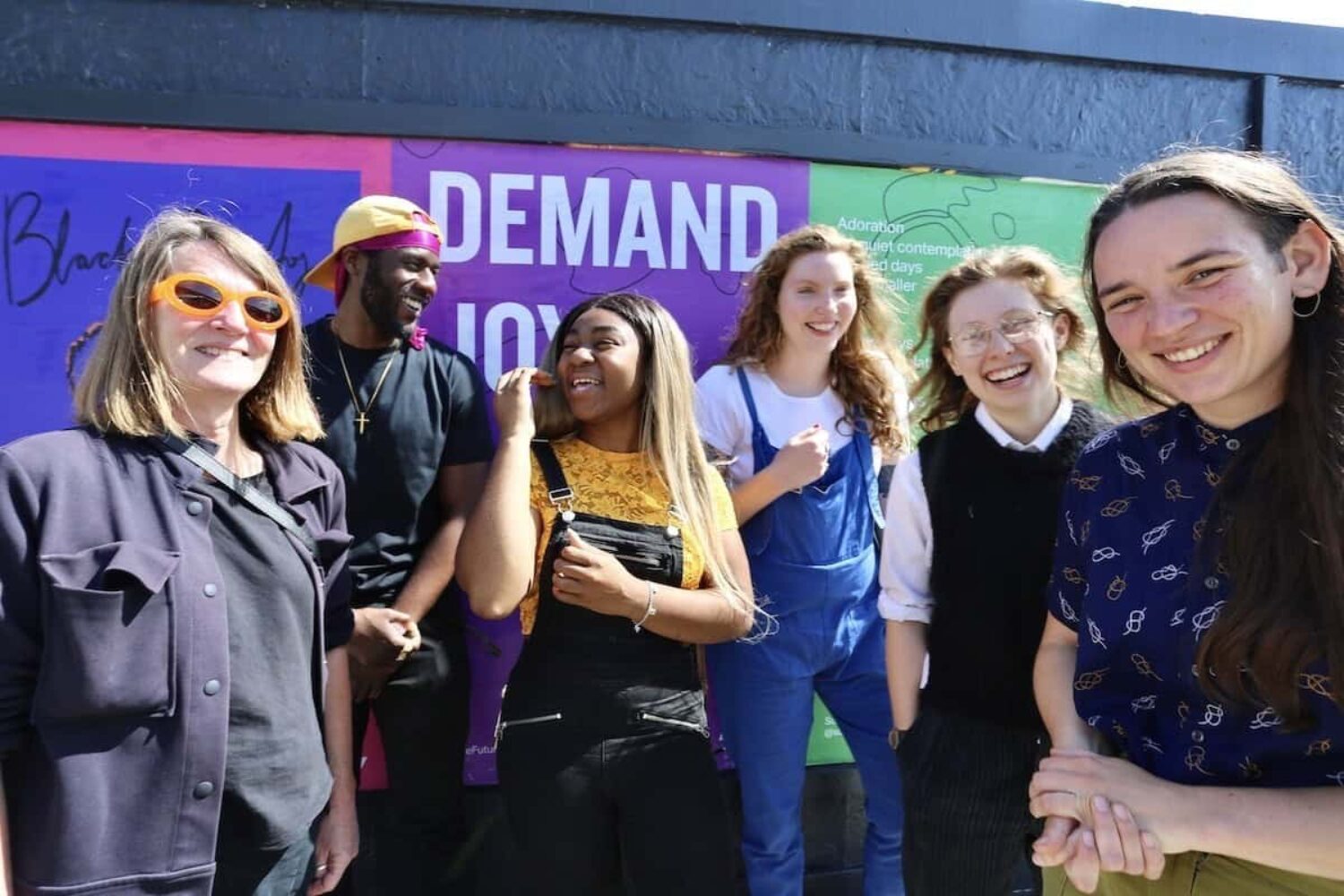
In Bristol, artists covered unused billboards with messages about wellbeing. Image: Colin Moody/Rising Arts Agency
The UK-based Adfree Cities network – which grew from the Adblock Bristol group – supports residents to oppose billboard planning applications, then works with them to create a new vision for freed-up space.
“We don’t want to be too prescriptive,” says Nicola Round, the network’s co-founder. “We ask the community if they want empty space, community arts or a mural by a local school for example. Or to plant trees or build a climbing wall. There’s so much exciting potential for these spaces.”
Advertising impacts us all, Round notes. It’s present in public spaces without our consent and we’re usually unable to avoid it. “There’s no active engagement, no conversation,” she says. “But there’s an opportunity to change that.”
Among the other UK groups working on the challenge is Badvertising, a campaign organised by the New Weather Institute thinktank and the climate action charity Possible. It’s calling for a stop to adverts that fuel the climate emergency, from cars and airlines to fossil fuels.
There’s so much exciting potential for these spaces
Meanwhile, arts collective Brandalism uses ‘subvertising’ – transforming or replacing ads without permission – to challenge what they see as corporate control of culture and space.
Anne Cronin, professor of cultural sociology at Lancaster University, agrees that removing billboards can expand horizons, and that freeing up public space can lead to “new thinking and social connections” – with the opportunity for expression top of her list.
Creativity certainly surges from some of the projects carried out so far. In Bristol, Adblock created the Burg Arts project in the St Werburgh’s neighbourhood. It’s a rolling installation of art created by local people on a billboard that was previously used for commercial ads.
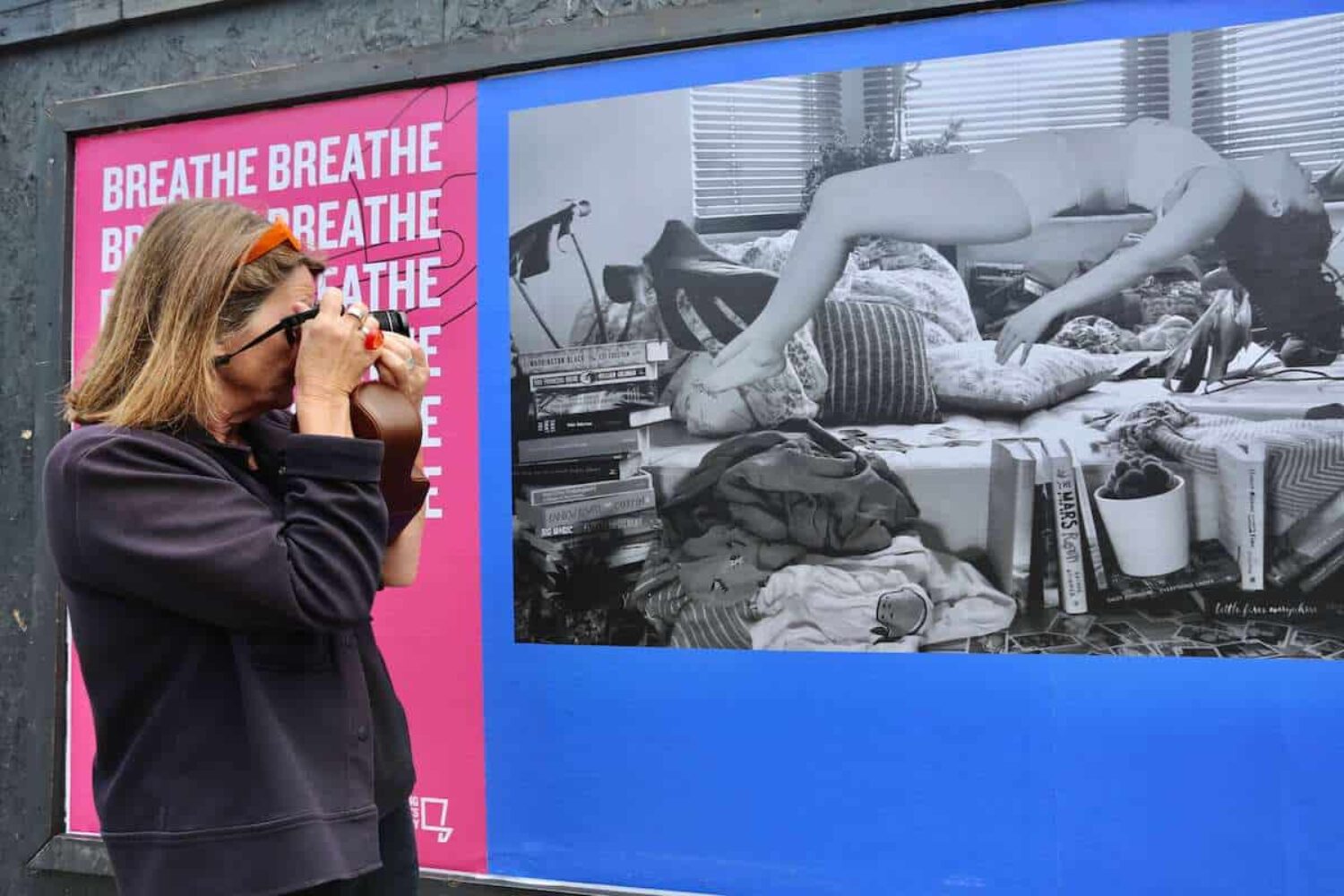
Freeing up public space can boost social connections, argue academics. Image: Colin Moody/Rising Arts Agency
Artworks created to date range from residents’ reflections on their neighbourhood, to statements of solidarity with the Black Lives Matter movement. Colourful collages featuring images of local landmarks emulated neighbourhood graffiti art; layered geometric patterns created giant Magic Eye illusions; and a portrait of Bristol wasteworkers at rest celebrated the ‘real heroes’ of the community. The artworks brighten and beautify the area, in contrast to ads promoting fast cars, junk food and chain stores they replaced.
Benoit Bennett, a member of Adblock’s art group, is adamant that people benefit deeply from being visually represented in their surroundings. “The contrast between that and a commercial billboard, so alienating to a lot of people, is huge. It shows that these spaces can be ours.”
A hint of what’s possible
During Covid lockdowns, ad spaces nationwide were repurposed by artists to share messages of care, solidarity and gratitude. As part of the #WhoseFuture project, by the Bristol-based Rising Arts group, young artists took advantage of unused advertising boards across the city, turned over to them by companies concerned with falling revenue over lockdown, to plaster the city in messages about care and wellbeing. ‘To care for you is to care for me’ and ‘Rest is a revolutionary act’ sung out from neon backgrounds.
“The campaign proudly sat in the belly of the city,” says Sophie Cottle, whose poetry featured as part of the project. “It presented a break from the relentless overstimulation of advertisements and, instead, offered the people of Bristol a powerful alternative to open up conversations. For me, that’s priceless.”
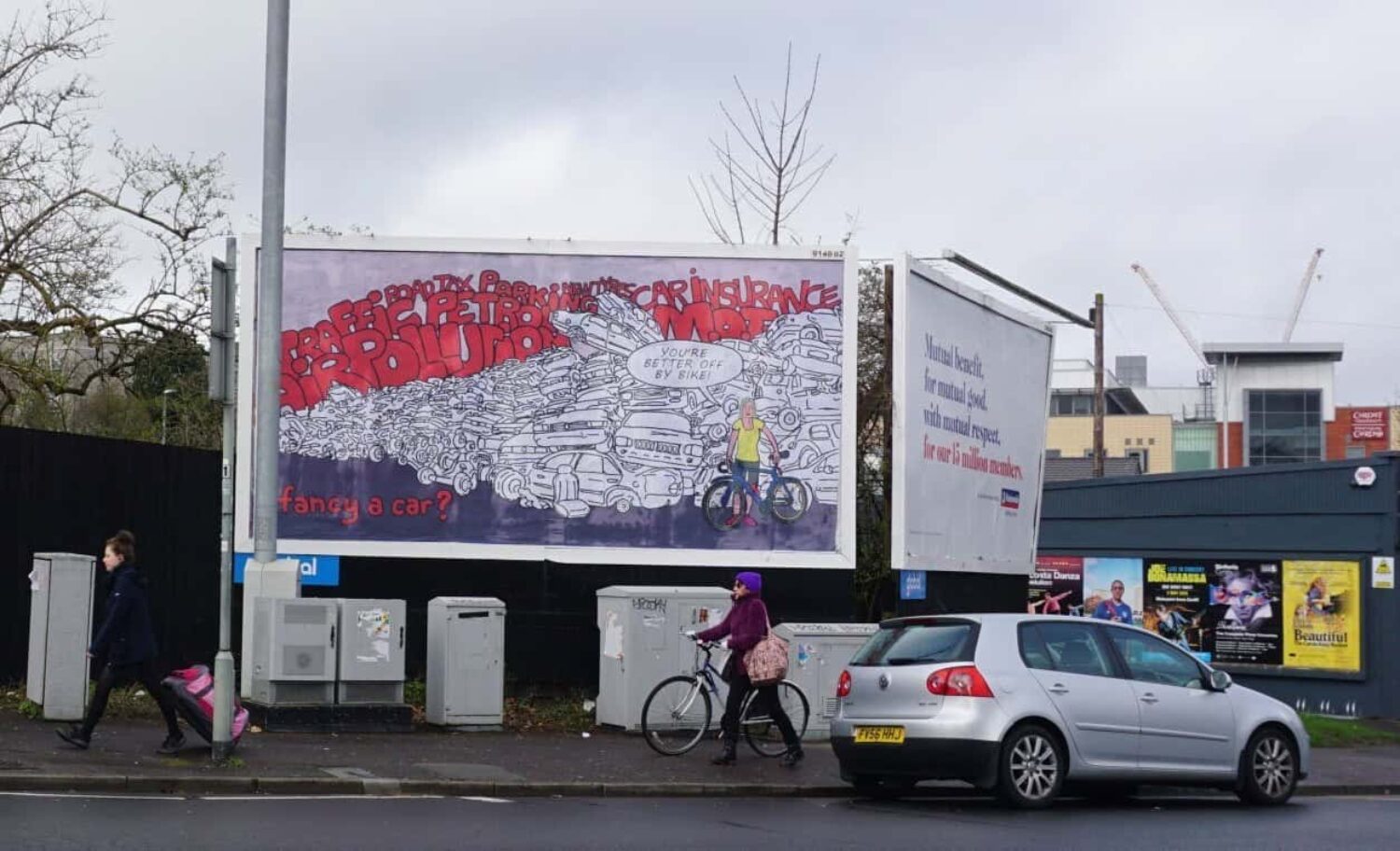
A billboard from Brandalism’s #AdBrake Car Subverts campaign. Image: Brandalism
Of course, the topic is not clear-cut: before billboards, adverts were often painted directly on to the walls: nowadays they’re seen as charming pieces of heritage. Advertising is an important source of revenue for many local authorities; and it’s difficult – perhaps impossible – to define what is ‘good’ and ‘bad’. (Advertising electric cars is bad? Petrol bad? What about hybrids?!)
But if the Adfree Cities movement, and similar groups, persuade us to consider what we’d actually like to have in our towns and cities – rather than accepting what we’re served up – that could be an important first step.
“This is why Adfree Cities captures imaginations,” says Round; “It’s a really important part of the overall vision for a world that prioritises happiness, community and creativity – and gives people space to think – and breathe.”
The UK cities taking steps
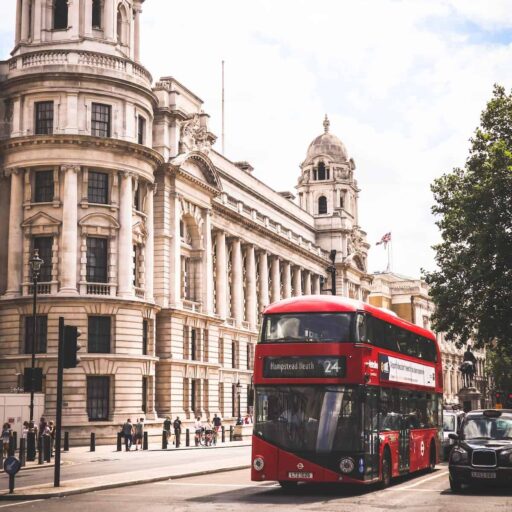
The Healthier Food Advertising Policy was implemented across the Transport for London network in February 2019, banning junk food advertising in a bid to tackle childhood obesity. Over 80 per cent of Londoners supported the policy.
Image: Mariana Alves
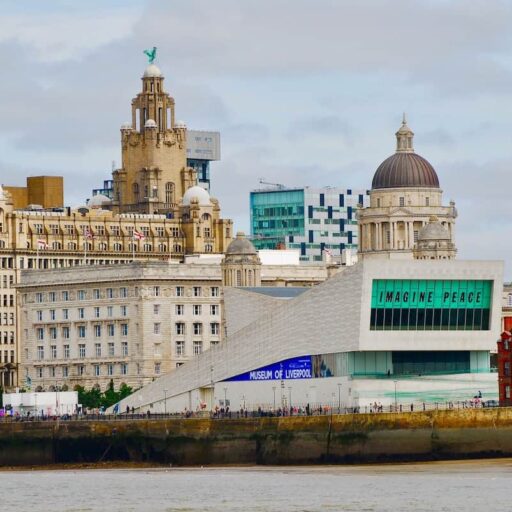
In January this year, Liverpool became the UK’s first city to move to restrict adverts for climate change-fuelling industries.
Image: Conor Samuel
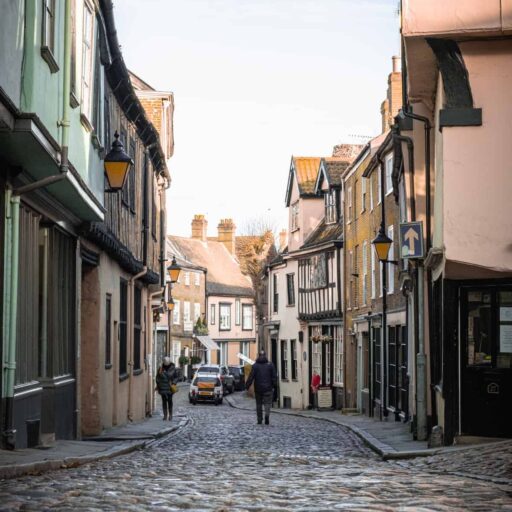
Norwich city council voted unanimously in June 2021 to adopt a motion in support of ethical advertising, citing its ‘duty of care’ to residents.
Image: Tom Juggins
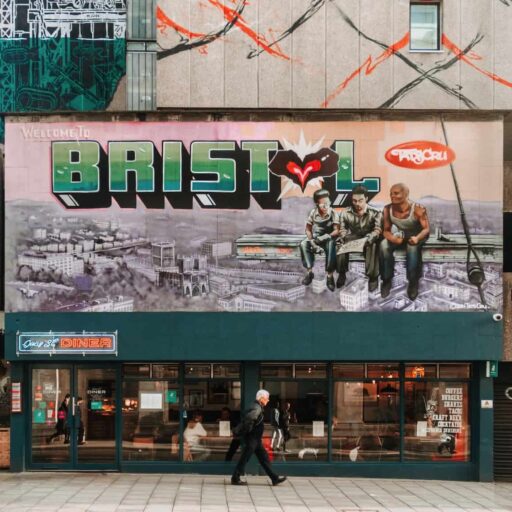
In banning advertising of junk food, gambling, payday loans and alcohol in March 2021, Bristol brought in England’s most wide-ranging policy of its kind.
Image: Martyna Bober
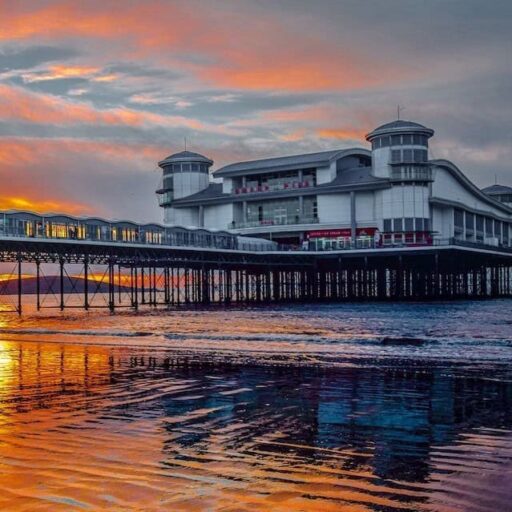
After a vote in July 2021, North Somerset council’s advertising policy will restrict campaigns for polluting industries such as cars, airlines, airports, and for fossil fuel companies.
Image: Weston-super-Mare pier, North Somerset. Credit: Tom Podmore
Main image: Colin Moody/Rising Arts Agency
